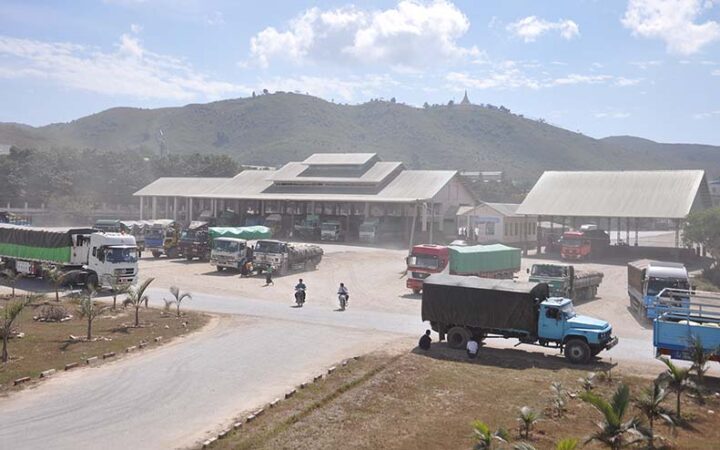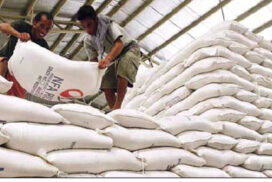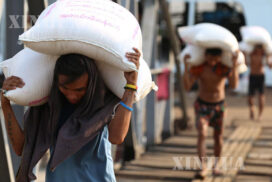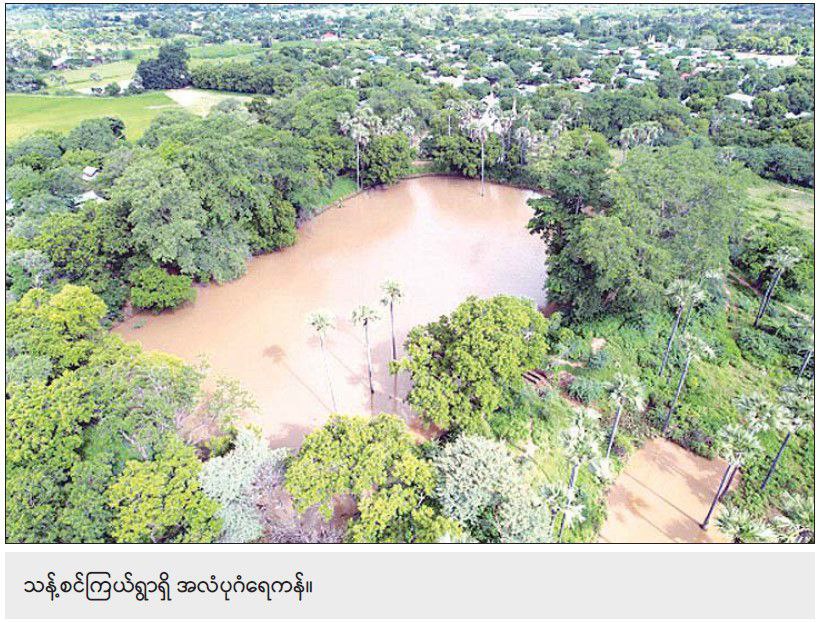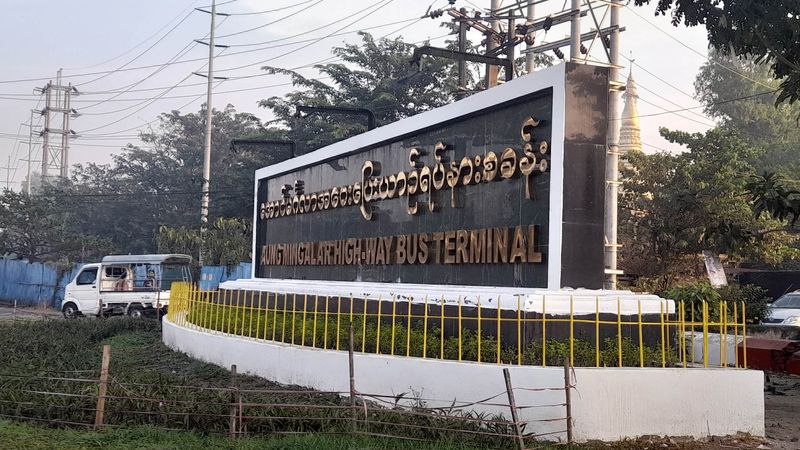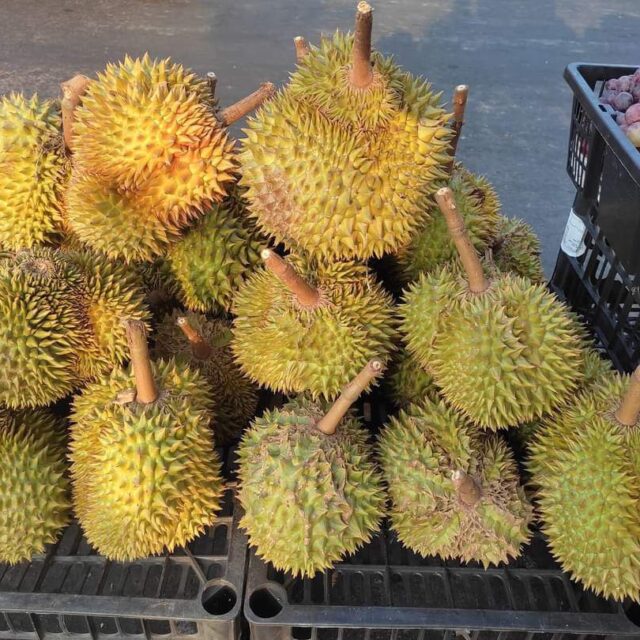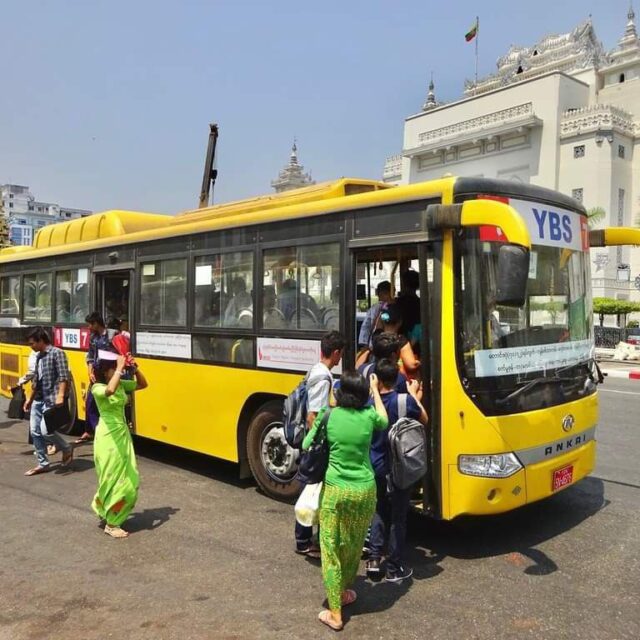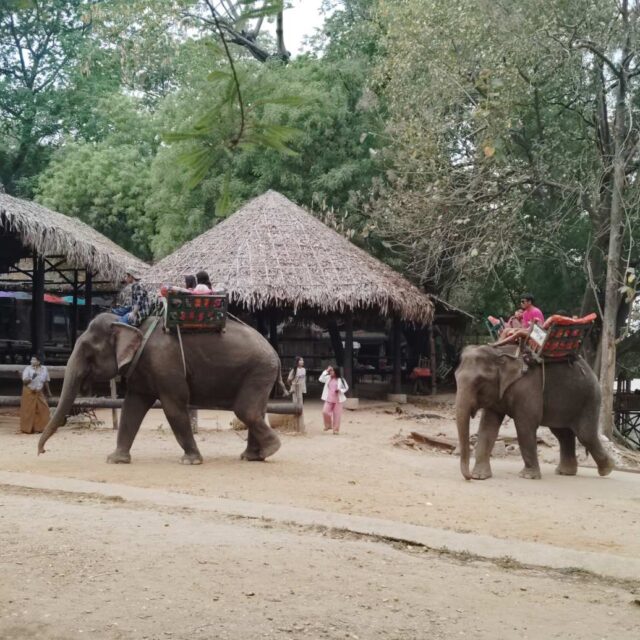Myanmar’s rice and broken rice export to China through the Muse border have risen, said U Min Thein, vice-chair of the Muse Rice Wholesale Centre.
At the end of November, the daily export volume was over 20,000 rice bags. At present, more than 30,000 bags of rice are daily shipped to China via the Muse border.
As Chinese Yuan payment is given the go-ahead for rice exports to China and 100 per cent of export earnings can be used without limits, rice export has risen, he added.
“The authorities nod Chinese yuan payment. Moreover, rice exports are not affected by a new forex rule. This is the strong point for rice traders compared to other commodities. Approximately 30-40 truckloads of rice and broken rice (50 bags per truck) are daily leaving for China through Muse,” U Min Thein elaborated.
On 14 December 2021, the Central Bank of Myanmar released a notification that the use of Yuan or Kyat in the bilateral transaction was officially allowed in the border areas between Myanmar and China to boost bilateral cross-border trade, facilitate trading and bilateral transaction, increase the use of domestic currency, as per the objectives of the ASEAN Financial Integration
However, Foreign Exchange Supervisory Committee notified the traders of the dollar payment for agricultural exports such as rice, corn, oil crops, beans and pulses, according to a directive dated 30 June.
Export earnings have to be exchanged according to the CBM’s reference rate of K2,100. Therefore, there is a large gap between the reference rate and the over-the-counter rate (K2,870).
According to a meeting 66/2022 of the Foreign Exchange Supervisory Committee, export earnings of some items can be made in Chinese Yuan and Thai Baht in addition to the US dollar. The CBM’s notice dated 18 November takes effect on those export items; various pulses (green gram, black gram, chickpea, pigeon pea), edible oil crops (peanut, sesame seeds), corn, rubber, fishery products (fish, shrimp, crab, eel) and livestock products (live cattle, hides, frozen meat, dried meat).
The traders need to apply for a licence to make Yuan or Baht payments. According to the US dollar policy, 65 per cent of earnings must be exchanged for local currency at the CBM’s reference foreign exchange rate, while exporters can use 35 per cent of export earnings or transfer or sell them to authorized dealers (ADs) or others with an over-the-counter rate within one month.
This directive came into effect starting on 21 November, the CBM stated.
However, rice and broken rice exports to China via the Muse border are excluded from that forex rule. So, rice and broken rice exports are allowed to proceed with Yuan as before.
Therefore, rice export returned to normality. The prices in the Muse trade zone stood at 127 Yuan per 50-kilogramme bag of broken rice and 140-150 Yuan per bag of rice.
At present, Myanmar daily delivers rice, broken rice, rubber, various beans and pulses, fishery products, chili pepper and other food commodities to China through Kyinsankyawt by 100 trucks and building materials, electrical appliances, household goods and industrial raw materials are imported into the country by 40 trucks.
As China eased coronavirus restrictions, only the Kyinsankyawt checkpoint out of the Sino-Myanmar land borders linking to the Muse post are reopened. — NN/EMM
Muse border sees surge in rice export
- December 18, 2022
- 791
